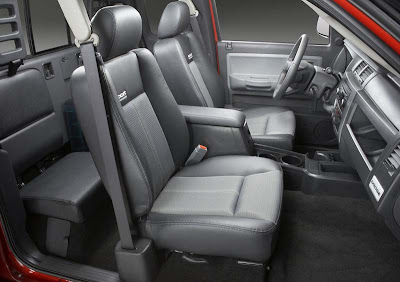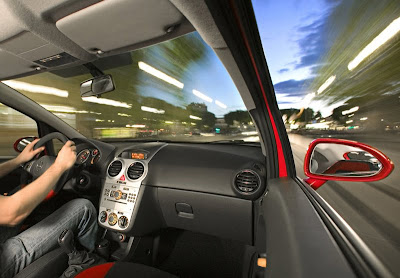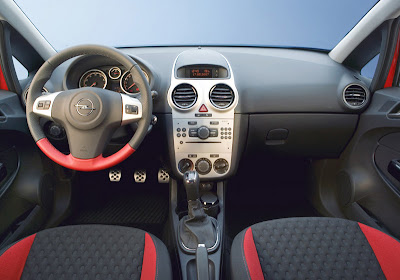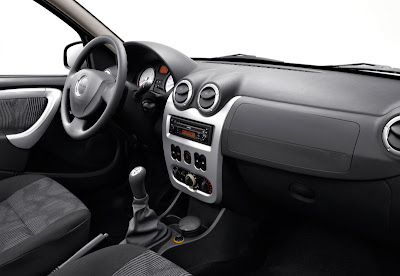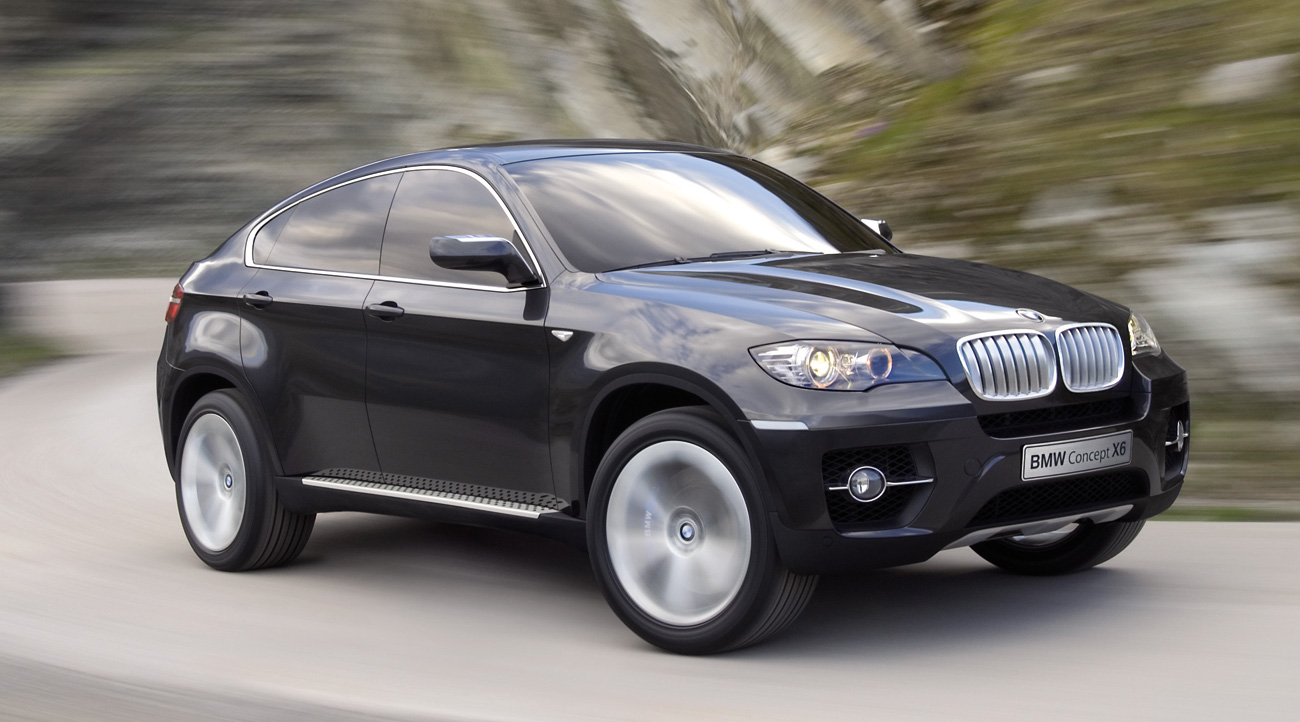 Overview
OverviewEver since the dawn of the automobile, teens have had to learn to how drive. And unfortunately, up until very recently, driver's education has not been taken seriously in the United States. Prior to the 1970's there was no prescribed curriculum of driving lessons and new drivers were minted in public schools by whatever teacher had free time available.
History
The first attempt at driver training was created in the 1970's where a curriculum was put in place in the form of a book called "Drive Right". It covered the basics and was taught in classrooms along with a series of often gruesome videos meant to "scare" teens into proper driving techniques. The next big revolution in driver training was known as defensive driving, which is defined as "driving to save lives, time, and money, in spite of the conditions around you and the actions of others". Unfortunately, defensive driving is really aimed at a wide variety of drivers and not really focused on the specific issues dealing with teen drivers. Recently, driver's education has moved out of the public schools to the private sector and is being taught in dedicated private driving schools. The typical driving school today is a business whose only goal is to teach drivers, often teens, to get their drivers license. The problem is that just getting a drivers license is only part of the picture as a true understanding of managing distractions, controlling their car, and attitude are a large part of what a teen should be taught as part of their driving lessons.
Today
In the recent past, there has been research specifically aimed at teen drivers with the goal of finally understanding the issues that cause teens to have major problems early in their driving career. This research has been done at various research institutions, such as VTTI, UMASS, etc. The research has been aimed at understanding teen driving issues and has been enlightening in terms of pointing out the areas that cause the most trouble. Unfortunately, most of the research has remained with these institutions and virtually none of it has made its way into teen driver training.
Tomorrow
Finally, this research is making its way into driving schools allowing them to build a program with driving lessons that can address the true issues at hand. The bridge between research and driver training is just beginning and there are a small number of emergent driving schools creating the kind of programs that are based on research. Finally, there seems hope that we can see a reduction in the number of incidents involving teen drivers.












